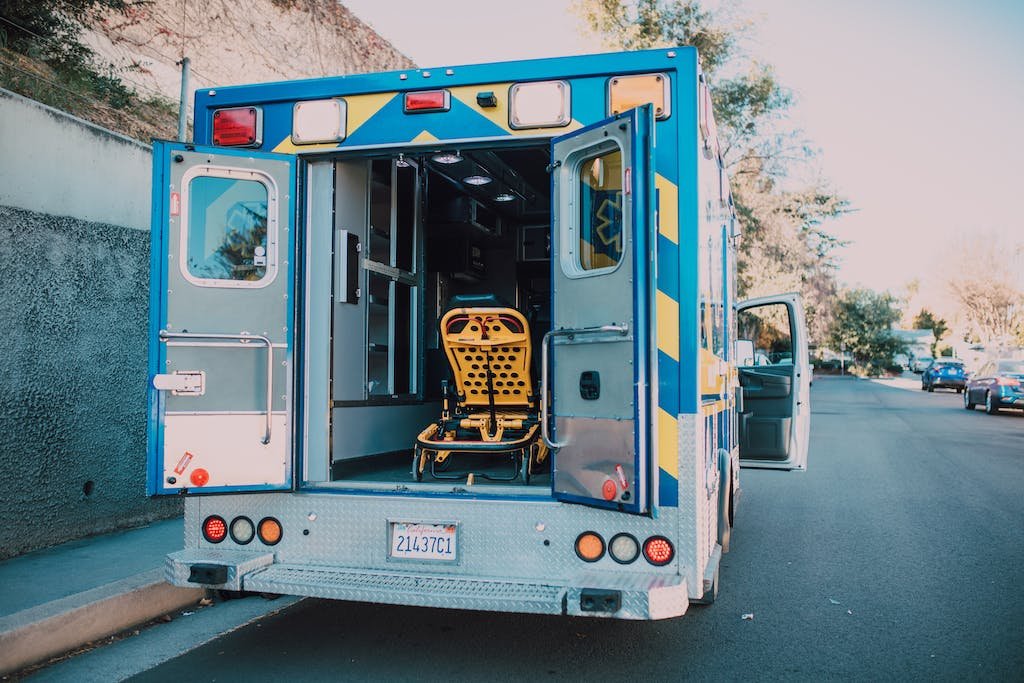
- Understanding MICRA’s Reach: MICRA, short for the Medical Injury Compensation Reform Act, significantly impacts personal injury claims, particularly those involving collisions with ambulances.
- Statute of Limitations: One crucial aspect to know about MICRA is its statute of limitations, which typically imposes a one-year time frame for filing claims related to medical malpractice or professional negligence. Code of Civil Procedure section 340.5. On the other hand, a more generous two-year time limit applies to general negligence actions for personal injury.
- Distinguishing Between Personal Injury and Medical Malpractice: It’s essential to differentiate between cases of personal injury caused by ordinary negligence and those resulting from medical malpractice. MICRA’s statute of limitations primarily applies to the latter, where injuries stem from the provision of medical care.
- Case Study – Gutierrez v. Tostado: In Gutierrez v. Tostado, Francisco Gutierrez’s personal injury claim following a collision with an ambulance triggered a legal battle over the application of MICRA’s statute of limitations. Despite the collision being a typical traffic accident, the involvement of an ambulance transporting a patient complicated matters.
- Professional Care and Negligence: MICRA’s statute of limitations extends to cases where injuries occur due to the provision of professional medical care, not just general negligence. Thus, determining whether MICRA applies involves assessing whether the injury resulted from medical treatment.
- Defining Professional Negligence: MICRA defines professional negligence as acts or omissions by healthcare providers in the rendering of professional services. This distinction is crucial in determining the applicability of MICRA’s statute of limitations to personal injury claims.
- Precedents and Legal Interpretations: Legal precedents, such as Flores v. Presbyterian Intercommunity Hospital and Canister v. Emergency Ambulance Service, Inc., provide insights into how courts interpret and apply MICRA in personal injury cases involving medical care provision.
- Third-Party Injuries and MICRA: MICRA’s reach extends to third parties who are foreseeably injured during the provision of professional medical services, as seen in cases like Gutierrez and Lopez v. American Medical Response West.
- Balancing Fairness and Predictability: Courts should aim to strike a balance between fairness and predictability when applying MICRA’s statute of limitations to personal injury claims. Consistency in interpretation is crucial to ensure equitable outcomes. Gutierrez shocked many by extending MICRA protections to a crash.
- Dissenting Perspectives: The dissent argued for a stricter interpretation of MICRA, emphasizing the need for a direct violation of professional obligations to trigger its statute of limitations.
- Comparison with Legal Precedents: Comparing MICRA’s statute of limitations to similar statutes, like section 340.6 in Lee v. Hanley, sheds light on the nuanced interpretation of professional obligations in personal injury cases.
- Conclusion: MICRA’s impact on personal injury claims involving ambulance collisions underscores the complexity of legal interpretations in such cases. Understanding MICRA’s application is crucial for both plaintiffs and defendants navigating the legal landscape of personal injury law.